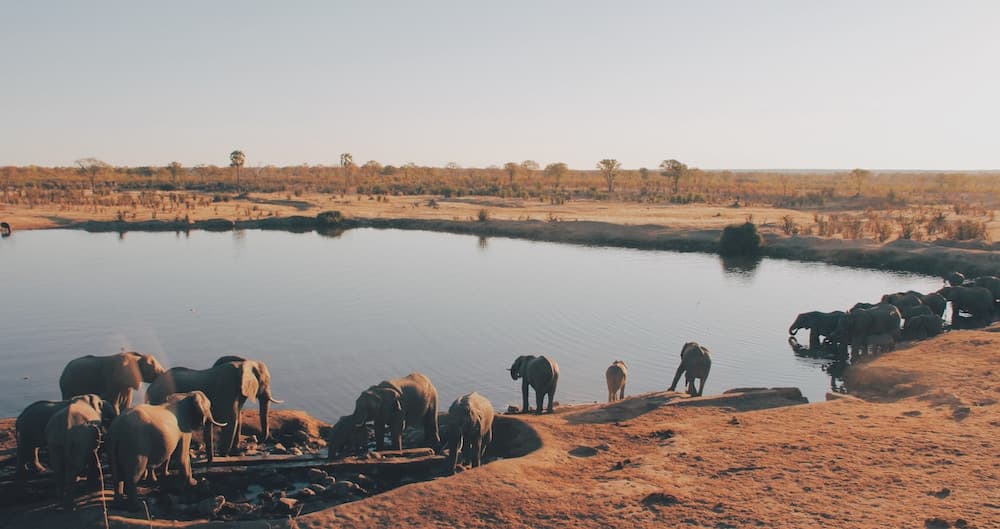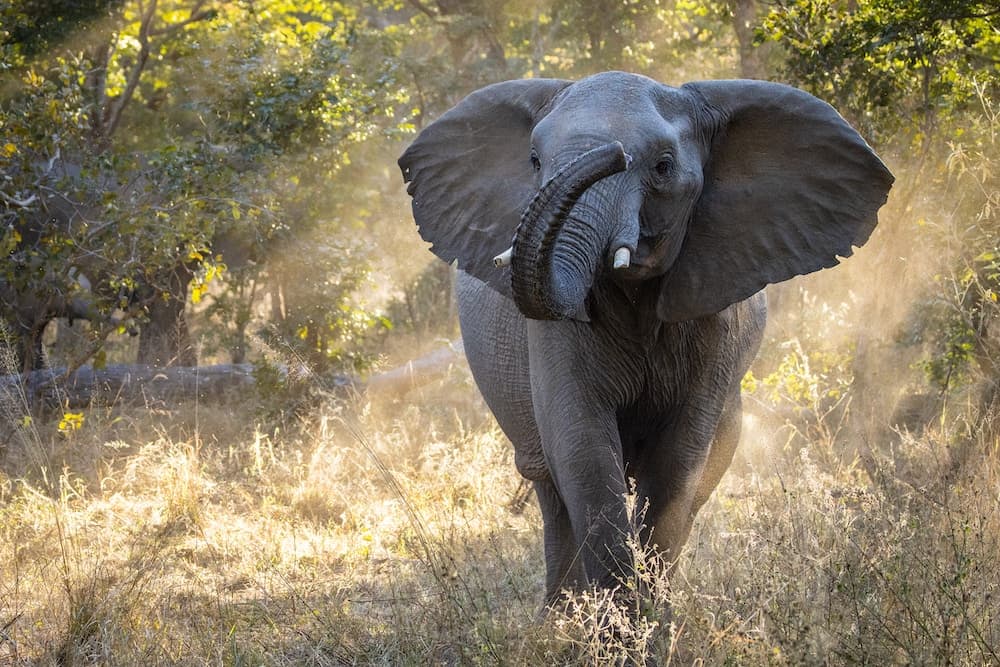Hwange National Park: Discover Zimbabwe's untamed wilderness
Disclosure: Bear in mind that some of the links in this post are affiliate links and if you go through them to make a purchase we will earn a commission at no additional cost to you. We chose these companies / hotels because of their quality and not because of the commission we receive from your purchases.
Hwange National Park, Zimbabwe's largest and best-known park, covers an expansive area of 14,600km², approximately the size of half of Belgium. This vast expanse gives rise to a remarkable variation in landscapes, vegetation, and wildlife. From the semi-desert regions along the Kalahari's edge in the south to the verdant forests, granite hills, and valleys of woodland in the north, Hwange National Park offers a diverse and captivating experience.
Hwange National Park's wildlife diversity is astounding, nearly all Southern African animal species are represented. With over 100 different mammal species, including the renowned Big Five, the park is a haven for wildlife enthusiasts. The sheer numbers are inspiring, with a population of 50,000 elephants, 750 lions, 2,500 zebras, and 15,000 buffalo. Additionally, more than 400 bird species call Hwange National Park their home. Situated in the western part of Zimbabwe, Hwange National Park borders
Botswana, forming one vast nature park without any fences.
Given the absence of permanent water sources or rivers within Hwange
National Park, wildlife heavily relies on artificially refilled
waterholes. During the dry season, large herds of elephants and numerous
other species gather around these vital pools to quench their thirst
and bathe. It becomes a special display of survival and the
ever-present struggle for water. Some lodges like the Nantwich Lodge and private campsites are
strategically located near these waterholes, offering guests the
extraordinary opportunity to witness herds of elephants in close
proximity. Hwange National Park also features observation platforms,
allowing visitors to observe and photograph the magnificent wildlife up
close.
A safari in Hwange National Park presents an exceptional opportunity to spot Zimbabwe's Big Five. Whether through exhilarating game drives or immersive walking safaris that can span half a day or several days, visitors can encounter these magnificent creatures. Additionally, Hwange National Park presents an exceptional setting for
horseback safaris, catering to intermediate and advanced riders. The park is divided into three regions, each offering its own distinct landscapes.
Best time to visit Hwange National Park
The best time to visit Hwange National Park is during the dry season, from late April to mid-November. This period offers the greatest chances of encountering abundant wildlife, as more animals migrate to the waterholes. From late November to February, the park experiences the rainy season, with most rainfall occurring in January and February.
Despite the rain, which typically lasts only a few hours each day, this season presents its own unique beauty, with flourishing flora, newborn wildlife, and dramatic thunderstorms painting vibrant landscapes. Although game viewing may be relatively less abundant between November
and April, this period also becomes especially appealing for bird
enthusiasts. Click here for more climate information.